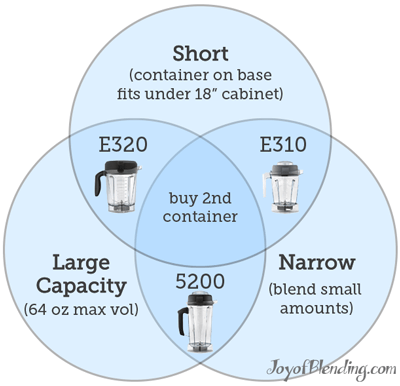10 years of experience as a food machinery equipment manufacturer
10 years of experience as a food machinery equipment manufacturer
Selecting optimal cooling equipment for sesame processing involves careful consideration of multiple factors. High temperatures during roasting, grinding, or storage can compromise sesame oil quality and seed viability. Several models from various manufacturers cater specifically to this industry, differing in capacity, efficiency, technology, and features.

Understanding core specifications is essential for narrowing down choices:
Beyond basic specs, features addressing sesame’s unique challenges matter:
Exploring common model types helps identify the best fit:
To streamline the selection process:
Comparing sesame cooling equipment requires weighing technical specifications against operational realities. Focusing on accurate capacity calculation, energy efficiency metrics, and sesame-specific design features provides a solid foundation. By systematically analyzing models against defined needs and constraints, processors can efficiently identify the cooling solution that best protects product quality and optimizes their production line.
